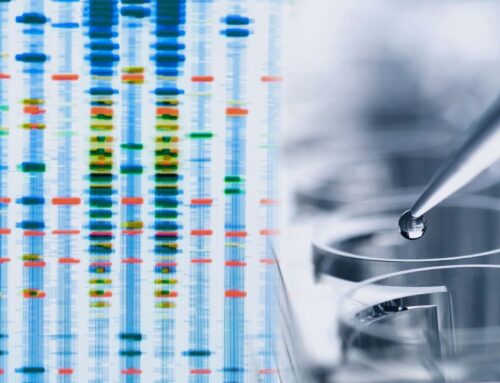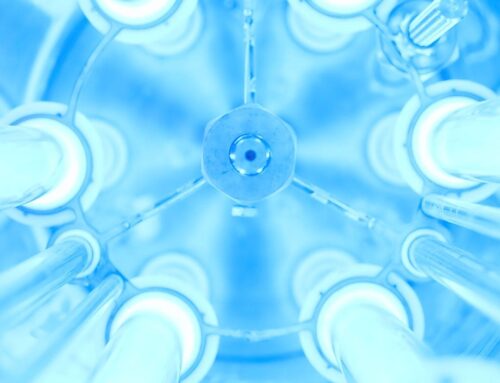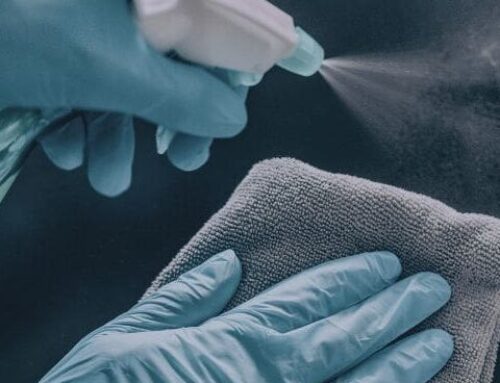August 2022
Viruses vary in their ability to survive on surfaces, ranging from hours to weeks.
As a general rule non-enveloped viruses survive longer than enveloped viruses, and smaller viruses survive longer than larger ones.
Survival time can even vary for different strains of the the same virus. For instance, scientists recently showed a dramatic difference in survival of the Wuhan Strain of SARS-CoV-2 relative to the Omicron strain.
Viruses on surfaces can cause infections by direct skin contact, hand-to-mouth transfer, and hand-to-face transfer. Various antimicrobial interventions help stop the spread of surface-borne viruses. While disinfection with chemical germicides or UV light is most common, antimicrobial agents can also be incorporated into hard surfaces or applied as durable coating. Then, over time, the antimicrobial agents reduce virus levels.
Microchem offers the Modified ISO 21702 Method – Measurement of Antiviral Activity on Plastics and Other Non-porous Surfaces. This method is designed to demonstrate consistent and reproducibile results. The method recommends testing against Influenza A virus (H3N2), A/Hong Kong/8/68 strain, ATCC VR-1679 and Feline calicivirus, F-9 strain, ATCC VR-782, however, other viruses may be tested as desired.
Regulation of antiviral surface claims in the United States is complicated and the path to claim approval is not always easy but Microchem is here to help. To learn more about this rigorous test method or our lab’s viral testing capabilities, please contact our director of Client Relations, Karen Ramm, at [email protected].




